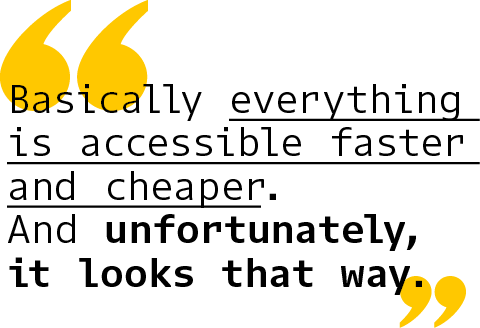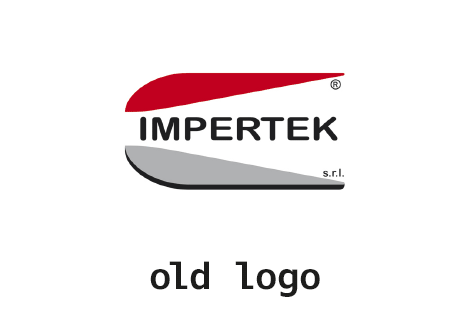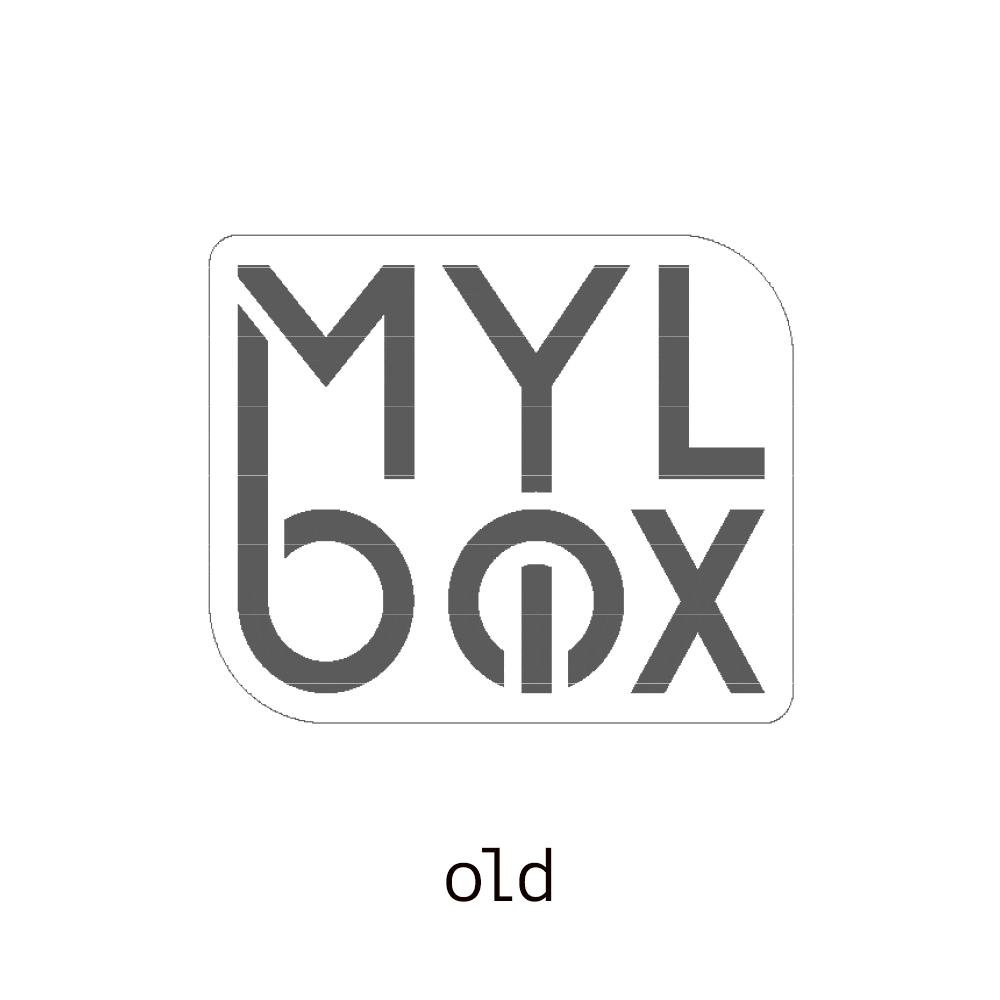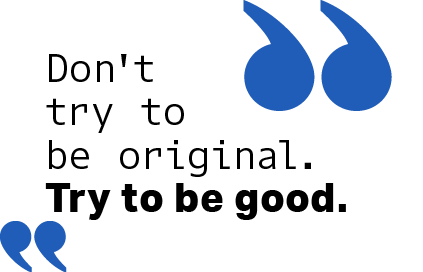01.09.2021 > news and events
It’s just a logo
"we’ll do it ourselves” syndrome
TAGS: BRANDING /
GRAPHIC DESIGN /
COMPANY PROFILE
GRAPHIC DESIGN /
COMPANY PROFILE
Nowadays everyone designs logos. Big advertising agencies, small design studios, freelancers, print shops, cousins with a computer and so on. It can even be done by a complete amateur with the help of various online tools. In this era of extreme digitalisation and automatization it has come to a point where manufactured and custom-made things tend to lose their value, because basically everything is accessible faster and cheaper. And unfortunately, it looks that way.
Actually, we designers remember vividly how we used to study the logo construction, back then when it was constructed manually with rapidograph pens, compasses and rulers. It got digitalised only when perfectly planned by hand, reviewed and graded by strict academic rules.
But can a logo be evaluated as a good or a bad one? Absolutely yes. To understand why, there’s the need to understand the purpose of the logo first, so that it can be evaluated if it meets that purpose or not.
The word ‘logo,’ which is short for ‘logotype,’ comes from Ancient Greek—lógos meaning ‘word, speech’ and túpos meaning ‘mark, imprint.’ We all know that humans communicate through visuals and symbols since forever, and that one picture is worth a thousand words. The challenge is to keep that picture simple.
But can a logo be evaluated as a good or a bad one? Absolutely yes. To understand why, there’s the need to understand the purpose of the logo first, so that it can be evaluated if it meets that purpose or not.
The word ‘logo,’ which is short for ‘logotype,’ comes from Ancient Greek—lógos meaning ‘word, speech’ and túpos meaning ‘mark, imprint.’ We all know that humans communicate through visuals and symbols since forever, and that one picture is worth a thousand words. The challenge is to keep that picture simple.

What happens very often is that business owners want to tell their whole story in a logo, and be literal in showing what they do or offer, so they end up with complicated, oversaturated, overcrowded examples. But a logo should be merely a signature, a recognition sign of a brand or a product working basically as a stamp.

If we look back in history shortly, some of the first “logos” appeared as heraldic crests in medieval Europe serving for recognition between families and armies on battle fields. They used various shapes and colours to differentiate (brand) themselves, that is, they assigned meaning to design elements that helped people identify them. The “trend” continued with craftsmanship as shops and producers hanged out signs with their names on them. That was the beginning of modern branding. With industrialisation and urbanisation logo design became an ever-growing need and with time it turned into a craft and an applied art itself. Schools and universities started to open to form professionals on the field, that is designers.
But why exactly did design become a profession? Because the word design in itself means planning, and the definition is:
But why exactly did design become a profession? Because the word design in itself means planning, and the definition is:
A design is a plan or specification for the construction of an object or system or for the implementation of an activity or process that has to satisfy certain goals and constraints; may take into account aesthetic, functional, economic, or socio-political considerations; and is expected to interact with a certain environment.
So, there is nothing random about designing.


We can conclude that the purpose of a logo is to IDENTIFY, quickly and clearly, and to associate specific thoughts and feelings on that which is being identified. To achieve positive ones, there are rules on how to design a good logo. Let’s see some of them.

It has to have a related visual identity. If you only have a logo without some basic definitions such as colour palette, fonts used, additional graphic elements or patterns that can accompany the logo, you will not know what to do when you’ll have to design some graphic material. A logo user manual, that is a basic book of standards, is a “must” when you order a logo.
The visual mood has to correspond to the values of your brand. If the logo is “cartoonish” and your company is strictly business orientated, the logo will give the wrong impression to your public.
There’s more, but if you’re going to do it yourself make sure that you respect at least these mentioned above. Or better yet, hire professionals.
During a commissioned design project some stumbling stones may get in the way and things can get complicated if there is a client’s personal attachment to an existing company logo or if personal taste gets involved when logo is created from scratch. Obviously, there should be a clear client’s brief as a guideline, and his wishes should be taken into consideration, but the designer should always guide the process towards the solution that satisfies realistic market requests.
The visual mood has to correspond to the values of your brand. If the logo is “cartoonish” and your company is strictly business orientated, the logo will give the wrong impression to your public.
There’s more, but if you’re going to do it yourself make sure that you respect at least these mentioned above. Or better yet, hire professionals.
During a commissioned design project some stumbling stones may get in the way and things can get complicated if there is a client’s personal attachment to an existing company logo or if personal taste gets involved when logo is created from scratch. Obviously, there should be a clear client’s brief as a guideline, and his wishes should be taken into consideration, but the designer should always guide the process towards the solution that satisfies realistic market requests.
A logo has to work in one colour because it often needs to be applied on materials where multiple colours or shadows and are not possible, or can be very complicated and expensive to achieve, like engraving on metal or wood, printed in small dimensions on promotional products, imprinted on leather, applied as a foil or a cut-out, produced as a seal or a stamp, and so on. For the same reasons, it should be simple in shape, without very small details or special effects.
Any logo should come in more versions (of disposition and ratios between elements) and in both orientations. Sometimes the space you will have at disposal to apply your logo on will be wide and low for example, so if you position a vertical logo you will have to put it much smaller than you would want to and you will use the space very poorly. And vice versa.
Any logo should come in more versions (of disposition and ratios between elements) and in both orientations. Sometimes the space you will have at disposal to apply your logo on will be wide and low for example, so if you position a vertical logo you will have to put it much smaller than you would want to and you will use the space very poorly. And vice versa.

It’s also important to remember, both for the designer and for the client, we do not design for ourselves but we design for our public, for our potential buyers.

Another obstacle is that companies sometimes struggle with embracing an external view on the matter and have difficulty accepting changes, new trends and modern ways of communication. They do want the change, but they also want everything to stay the same because it keeps them “safe” in their comfort zone. But the truth is that nothing ever grows there, and that change is the only constant thing in our existence and our businesses. We need to embrace the fact that times change, trends change, people change, users change, markets change, and we must be quick to respond.
In the end, your logo is an important mean of communication in a modern, ever-changing world. Keep it fresh, updated and professional.
“Don't try to be original. Try to be good.” Paul Rand
In the end, your logo is an important mean of communication in a modern, ever-changing world. Keep it fresh, updated and professional.
“Don't try to be original. Try to be good.” Paul Rand
Discover our Logo Design projects.
Follow all Visualcom updates on our Diary, on social channels and subscribe to our newsletter.
Do you have any question related to communication or marketing that you would like to answer? Write us your doubts and we will be happy to get back to you.

